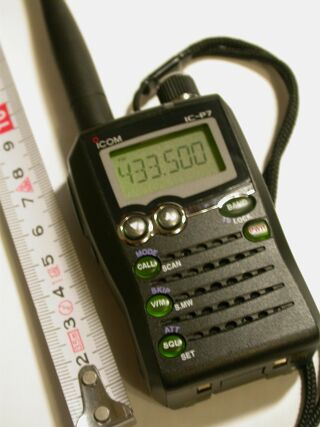MIDLAND CITY, Alabama (Reuters) - Efforts to free a 5-year-old boy from a gunman in an underground bunker, where the man took him after killing the boy's school bus driver, were shrouded in secrecy on Saturday as the standoff in rural Alabama dragged into a fifth straight day.
Police sources said the FBI's Hostage Rescue Team was leading negotiations aimed at securing the boy's safe release.
But FBI officials have declined to comment, referring calls to local authorities who have been extremely tight-lipped, providing few official updates on the situation.
Dale County Sheriff Wally Olson, chief spokesman for local law enforcement officials in Midland City, told a brief news conference on Saturday that authorities had been in constant communication with the suspect, who was officially identified on Friday as 65-year-old Jimmy Lee Dykes.
Police believe Dykes, a retired trucker and Vietnam War veteran, fatally shot bus driver Charles Albert Poland, 66, on Tuesday and then took one of Poland's more than 20 child passengers hostage during their ride home from school.
The incident came against the backdrop of a debate about gun control that has galvanized the nation since the shooting deaths of 20 children and six adults at a Connecticut elementary school in December.
Olson declined to disclose any specific demands made by Dykes, saying only that he had allowed authorities to provide coloring books, toys and medication for the kindergartner, who reportedly suffers from autism or Asperger's syndrome.
Dykes also assured authorities he had blankets and electric heaters in the bunker to protect the boy from cold overnight temperatures, Olson said.
"I want to thank him for taking care of our child. This is very important," Olson said.
He offered no further comment but one law enforcement source, explaining perhaps why so little information is being shared with reporters, told Reuters that Dykes has access to television news inside his bunker.
According to his neighbors, Dykes moved into the Midland City area about two years ago and often was seen patrolling his property at night with a gun and a flashlight.
He kept mostly to himself and had spent a lot of time building the subterranean bunker near the trailer where he lived, several neighbors have told reporters.
Ronda Wilbur, a neighbor who has described Dykes as a "mean man" who beat one of her dogs to death with a lead pipe, said she thought he had been planning something for a long time.
"I had always figured he was more or less a wacko survivalist but it's obvious that this had been very well thought out and arranged," Wilbur told an ABC television news affiliate.
About 50 people gathered on Saturday near Midland City United Methodist Church to pray for the boy, his family and the Poland family.
Michelle Riley, a participant in the vigil, said the killing and hostage taking was the kind of tragedy residents never expected in their small town.
"I mean this is the community where our kids ride up and down the street" on bicycles, she said.
Dykes had been scheduled to appear for a bench trial on Wednesday after his arrest last month on a menacing charge involving one of his neighbors.
Poland's funeral is scheduled for Sunday afternoon at the Ozark Civic Center, which is about 12 miles from Midland City.
A sign posted in Midland City on Saturday read, "RIP Mr. Poland. Once a warrior always a warrior."
Pastor Ray Kelly said Poland is a hero.
"But he's also gone," he said. "And, people have a broken heart."
(Additional reporting by Alex Dobuzinskis; Writing by Tom Brown; Editing by Gunna Dickson and Bill Trott)
Source: http://news.yahoo.com/efforts-end-alabama-hostage-situation-shrouded-secrecy-045724729.html
Jacintha Saldanha pearl harbor japan earthquake thursday night football Grammy nominations 2013 Butch Jones Star Trek Into Darkness
